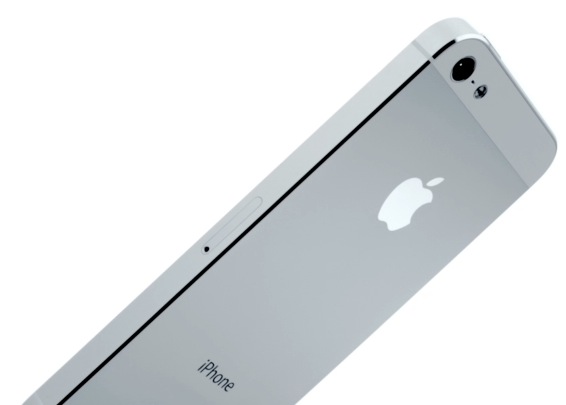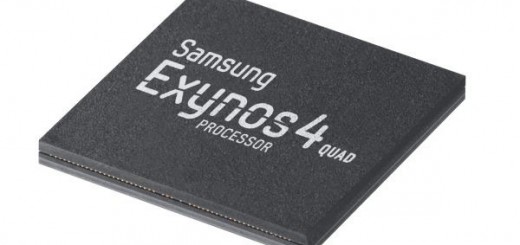How the iPhone 5 was made
The manufacturing techniques process for the creating of the iPhone 5
Apple iPhone 5 has appeared to be not that much different in anything and everything when compared to its predecessor 4S, yet it is obviously taller, slimmer, smarter with its new iOS, et. etc. In our reviews below you can read all about the new stuff Apple’s 5 has brought.
Yet, if you have been asking yourself just how the iPhone 5 was made, the present article may give you some answers. And if you want to learn all about it, then the guys over at iDownload Blog have posted quite a long article on the matter. We and everyone else however seem to agree that Apple has outdone itself with the iPhone 5!
In Apple’s presentation video the senior vice president of design, Jony Ive has also given some insight into the production process of the iPhone 5. He explains that ‘to create the iPhone 5 they started with a design they loved, but in order to build it they had to look beyond what they knew was possible, which took their best thinking, and all of their learning to realise ‘something so simple, so clear and yet truly extraordinary’.
Let’s now pay attention to how some key features of the new device came to be.
To achieve iPhone 5’s aluminum unibody they had to machine all surfaces of the enclosure, and then polish and texture, using diamonds and crystals to cut the chamfers. The two-tone backplate is made of anodised 6000 series aluminum with inlays at top and bottom made of pigment glass for the black and slate iPhone, and ceramic glass for the white and silver iPhone.
As for in-cell tech, from Apple have achieved one less layer between your eyes and what you see on iPhone 5 display, so you experience more clarity than ever before. All on a display that’s 30 percent thinner than before. How? According to Apple “instead of a separate layer of touch electrodes between display pixels, the pixels do double duty — acting as touch-sensing electrodes while displaying the image at the same time”.
Maintaining optics in pristine condition is crucial for the performance of a camera. How did they do the “magic” with iPhone 5? They used a sapphire lens cover on the camera because sapphire is more durable and thinner than glass, and sapphire crystal hardness is second only to diamond.
Much more can be said about the process of building the iPhone 5. Check out the full article, together with numerous images, on the Apple website.
Source: iDownloadBlog












